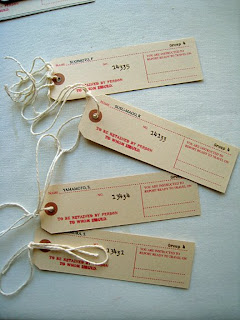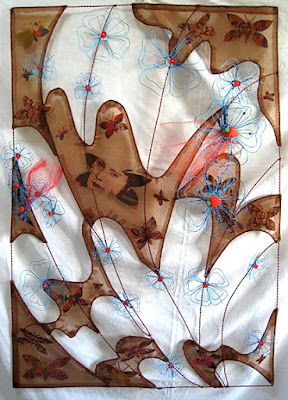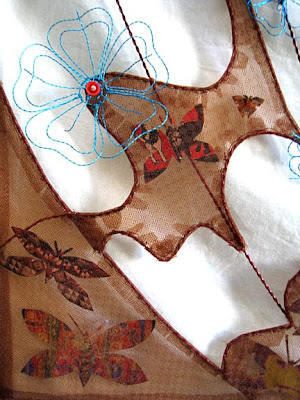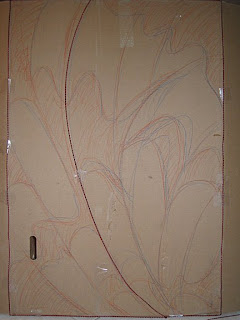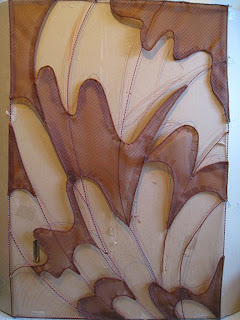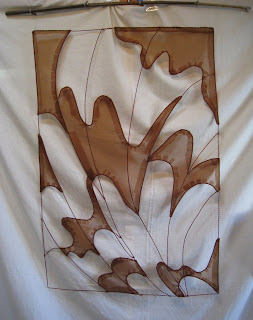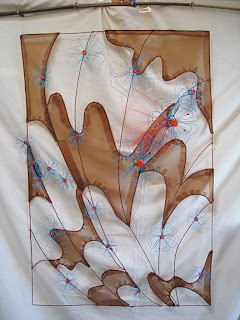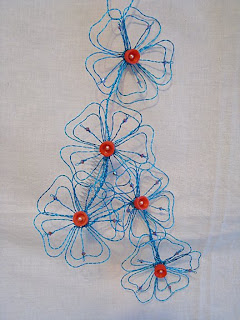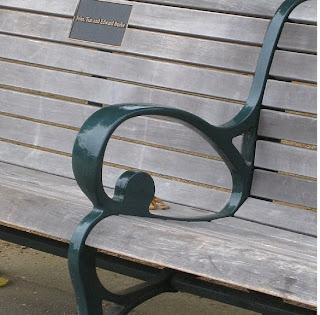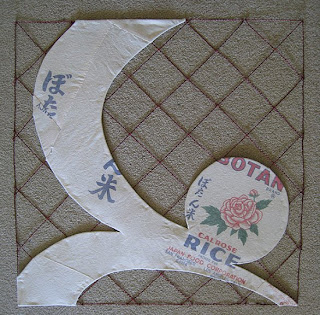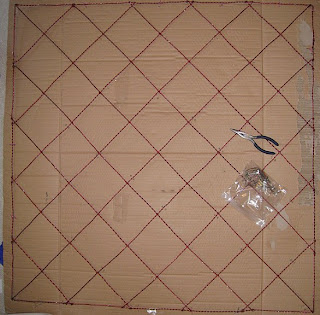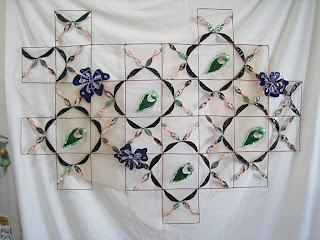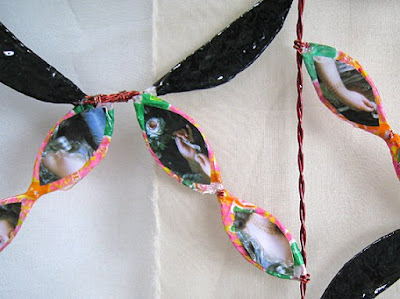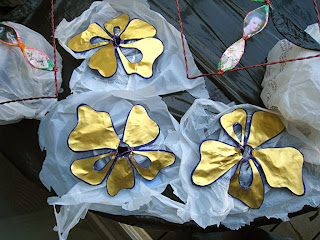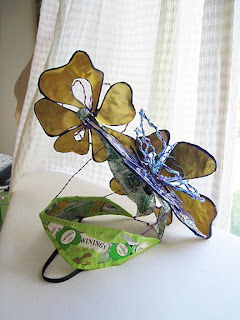


Projects from the Studio of Corinne Okada Takara. This blog follows both the creation of my recycled materials sculptures and my art workshops.
I have a new shortened artist statement. I had the help of various friends and family to get it down to a coherent statement. Thanks to Ashraf Zahedi, my dad and to Scott Perry for their patience in viewing numerous drafts and for lending their writing skills to my edits.
My works are sculptural compilations that mix the precious with the mundane to reveal the beauty and value in the seemingly valueless. The pieces playfully pay homage to my immigrant Japanese Hawaiian ancestors’ humble lives on sugar plantations and bring to light the cascade of cultures they experienced through sharing food, clothing, and myths. Life stories and dreams are revived by weaving their disposable cultural artifacts into sculptural narratives that celebrate their tradition of recycling and reuse. Through my sculptures, I give visual form to their experiences, uncover their memories, and pay respect to their creativity that was born from necessity.



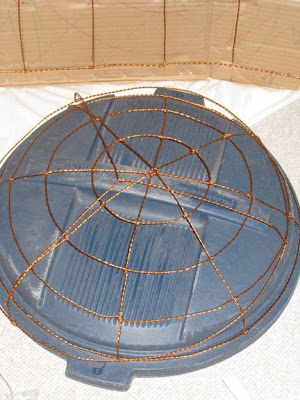

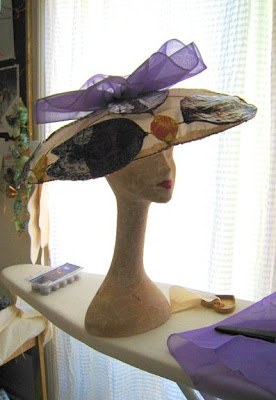









 pher. The below two images are of a Ginkgo Leaf hat that come off of the Ginkgo Tapestry.
pher. The below two images are of a Ginkgo Leaf hat that come off of the Ginkgo Tapestry.




